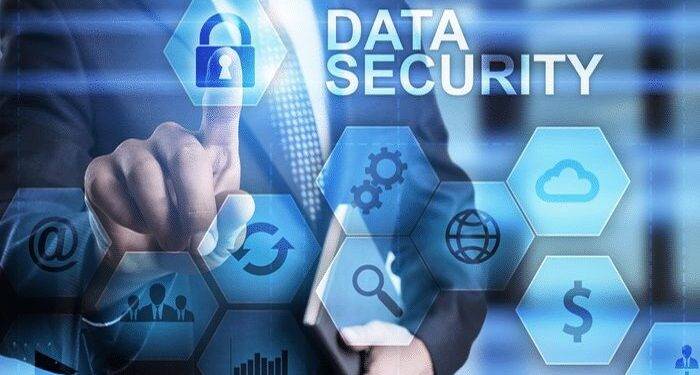Data security covers all aspects of information security, from physical security of hardware and storage devices to management and access control, and logical security of software applications.
Data security involves deploying technologies and tools to enhance an organization’s visibility into where its key data is and how it is used. Ideally, these tools should be able to apply protection measures such as encryption, data screening, and sensitive file editing, and should automatically report to simplify auditing and comply with regulatory requirements.
Digital transformation is profoundly changing all aspects of today’s enterprise operation and competition. The amount of data created, controlled and stored by enterprises is growing, which puts forward greater demands on data governance. In addition, the computing environment is more complex than ever, usually spanning public clouds, enterprise data centers, and many edge devices from IoT sensors to robots and remote servers. This complexity expands the attack surface, which is more challenging for monitoring and protection. The types of data security include encryption, data erasure, data shielding and data security sustainability.
Among them, encryption refers to the use of algorithms to convert ordinary text characters into an unreadable format, and the encryption key scrambles the data so that only authorized users can read it. The file and database encryption solution hides its contents through encryption or tokenization.
- Data erasure is a more secure solution, which can completely cover the data on any storage device with software, and can also verify whether the data is unrecoverable.
- Data shielding means that by shielding data, organizations can allow teams to develop applications or train personnel using real data. When necessary for development in a compliant environment, it shields personally identifiable information.
- Data security sustainability depends on an organization’s ability to withstand or recover from any type of failure – from hardware problems to power shortages and other events that affect data availability. Speed of recovery is critical to minimizing impact.
At present, most strategies or devices focus on data in storage, such as data encryption and data backup, because such data leakage problems are the most obvious. However, in the transmission process, it is not so important. Take the traditional TCP/IP five layer communication model as an example.
Data is only stored in the application layer, but the entire communication protocol is completed through the whole stack (physical layer, data link layer, network layer, transport layer, application layer) protocol. Of course, there are many traditional network security devices that will detect and dispose data packets at the application layer. WAF is one of the typical devices, but this type of device usually pays more attention to the “business continuity” level.
A large number of rule bases are designed to detect attacks and rarely consider data transmission leakage. Data security is progressing to network security, and data security needs systematic construction based on data life cycle. Data security systematization depends on the establishment and implementation of management systems, and requires joint defense and linkage of relevant security equipment.
Now, the best way to build a system is to select a complete set of data security devices of a certain manufacturer based on their own needs and the advantages and disadvantages of each manufacturer. The amount of data created, controlled and stored by enterprises is growing, which puts forward greater demands on data governance. Data is only stored in the application layer, but the entire communication protocol is completed through the whole stack (physical layer, data link layer, network layer, transport layer, application layer) protocol.
Of course, there are many traditional network security devices that will detect and dispose data packets at the application layer. Data security is progressing to network security, and data security needs systematic construction based on data life cycle. Data security systematization depends on the establishment and implementation of management systems, and requires joint defense and linkage of relevant security equipment.
In the age of artificial intelligence, everything can be calculated. Automated decision-making takes people as pure data for pure calculation. Under the automatic decision-making algorithm, the relationship between users and enterprises is obviously in a weak position, which makes the worry caused by automatic decision-making particularly prominent.
Find cutting-edge automotive leasing software solutions at your fingertips, seamlessly streamlining your leasing operations for enhanced efficiency and productivity
Today, many enterprises have built the relevant capacity of data security, which also protects the personal information with specific ownership. However, the emphasis between data security and personal information protection is also different. Under various business scenarios where automated decision-making is used, how to reduce the impact of personal information security and how to mitigate the contradiction between the exertion and protection of personal information value become difficult. This paper analyzes the methods for enterprises to reduce the impact on personal information security in the process of automated decision-making, providing reference for enterprises involved in relevant scenarios. The research results will also help identify the impact of automated decision-making on personal information security.












